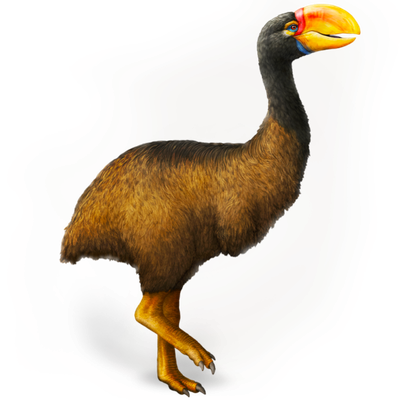Your search returned 70 results
By Page Type
By Tag
- All
- fish (966)
- blog (696)
- fishes of sydney harbour (401)
- First Nations (299)
- Blog (236)
- AMRI (169)
- archives (164)
- Eureka Prizes (146)
- Aboriginal and Torres Strait Islander (135)
- insect (126)
- Ichthyology (124)
- geoscience (109)
- minerals (102)
- climate change (100)
- podcast (94)
- Fish (91)
- Anthropology (89)
- International collections (80)
- Minerals Gallery (78)
- wildlife of sydney (78)
- Labridae (77)
- frog (74)
- gemstone (70)
- history (64)
- photography (64)
- Mollusca (60)
- gem (59)
- staff (59)
- Birds (56)
- Gems (56)
- Indonesia (56)
- education (56)
- shark (55)
- AMplify (54)
- people (53)
- earth sciences (50)
- past exhibitions (50)
- exhibition (49)
- Gobiidae (48)
- sustainability (46)
- Pomacentridae (45)
- Serranidae (44)
- lifelong learning (42)
- science (42)
- Earth and Environmental Science (41)
- Syngnathidae (41)
- Ancient Egypt (40)
- Bali (40)
- bird (40)
- dangerous australians (40)
-
Celestine
https://australian.museum/learn/minerals/mineral-factsheets/celestine/This large hollow geode lined with sky blue celestine crystals was purchased from a Victorian mineral dealer.
-
Cuprite on Calcite
https://australian.museum/learn/minerals/mineral-factsheets/Cuprite-on-calcite/Emke Mine in Namibia has produced some very large cuprite (copper oxide) crystals, with some being of gem quality and able to be faceted into rare dark-red gemstones.
-
Cutting gemstones
https://australian.museum/learn/minerals/gemstones/cutting-gemstones/Faceted gemstones reveal the inherent qualities of a mineral, such as colour (or lack of it), clarity, fire and brilliance, which might otherwise remain hidden.
-
Gemstone accolades and museum outreach
https://australian.museum/learn/news/blog/gemstone-accolades-and-museum-outreach/Gemstones flash brightly for Australian Museum Geoscience activities at present.
-
Zircons galore: an Indo-Pacific Heritage
https://australian.museum/learn/news/blog/zircons-galore-an-indo-pacific-heritage/Zircons are gemstones found along volcanic fields in eastern Australia, Asia and Russia. Research follows the trail of their origins.
-
Fluorite
https://australian.museum/learn/minerals/gemstones/fluorite/Facts about Fluorite.
-
Labradorite
https://australian.museum/learn/minerals/gemstones/labradorite/Facts about Labradorite
-
Zircon
https://australian.museum/learn/minerals/gemstones/zircon/Facts about Zircon
-
Quartz
https://australian.museum/learn/minerals/gemstones/quartz/Quartz is the most common mineral, present in a wide range of rocks and gemstones.
-
Diamond
https://australian.museum/learn/minerals/gemstones/diamond/Facts about Diamond
-
Discover more
2025 Australian Geographic Nature Photographer of the Year
Special exhibition
Free entry
Now open -
Discover more
Unfinished Business
Special exhibition
Free entry
Now open -
Find out more
Surviving Australia
Permanent exhibition
Free entry
Now open![]()
-
Find out more
Burra
Permanent kids learning space
Free entry
10am - 4.30pm![]()
-
Discover more
Minerals
Permanent exhibition
Free entry
Open daily![]()





